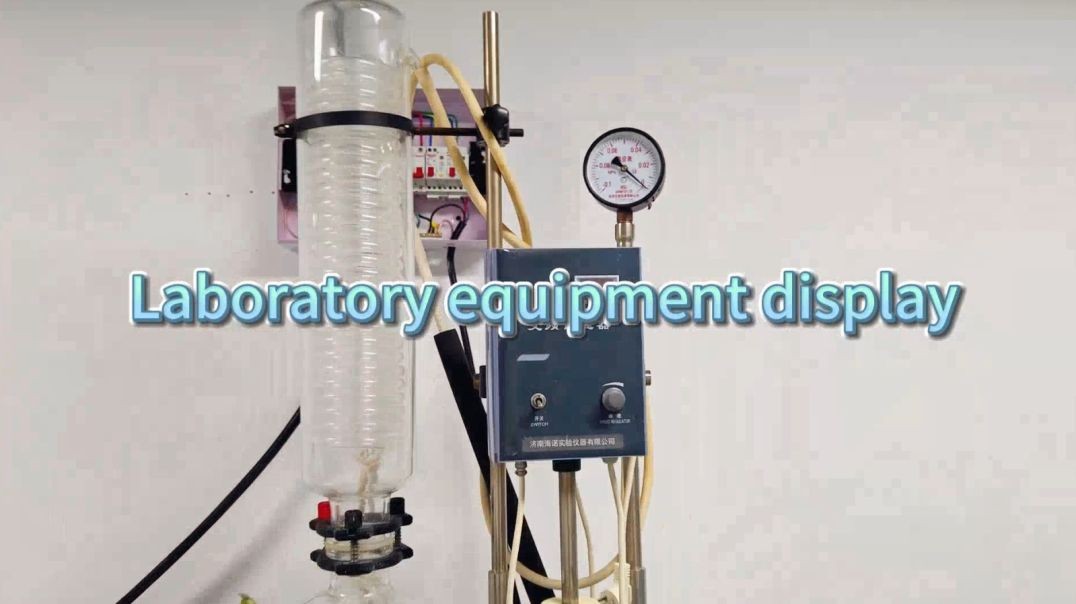How to preserve samples in the laboratory?
Six key points for laboratory sample preservation to avoid pitfalls!
🔍 The preservation of laboratory samples is crucial, and the following seven points can help you avoid common pitfalls:
1. Consistency: Ensure the consistency of sampling between the experimental group and the control group, such as the size and location of tissue samples, gender and age matching of blood samples, and sampling time of urine samples.
2. Impurities removal: Remove impurities unrelated to the experiment, such as blood from animal tissues, soil pollutants from plant tissues, and culture media for bacterial cells and cells. Recommend using PBS buffer or physiological saline, and absorbent paper to absorb residual liquid.
3. Low temperature storage: Sample pretreatment should be carried out at low temperatures as much as possible, and impurity removal and packaging operations can be performed on ice. It is usually stored in a -80 ℃ refrigerator.
4. Packaging: Packaging should be carried out according to the experimental dosage, avoiding repeated freezing and thawing to ensure the integrity of the sample.
5. Rapid processing: The collection, preparation, storage, and transportation of samples should be as rapid as possible to reduce the time from sample collection to formal experiments.
6. Clear marking: Use a high-quality marker to clearly mark the sample name, avoiding confusion of the samples






